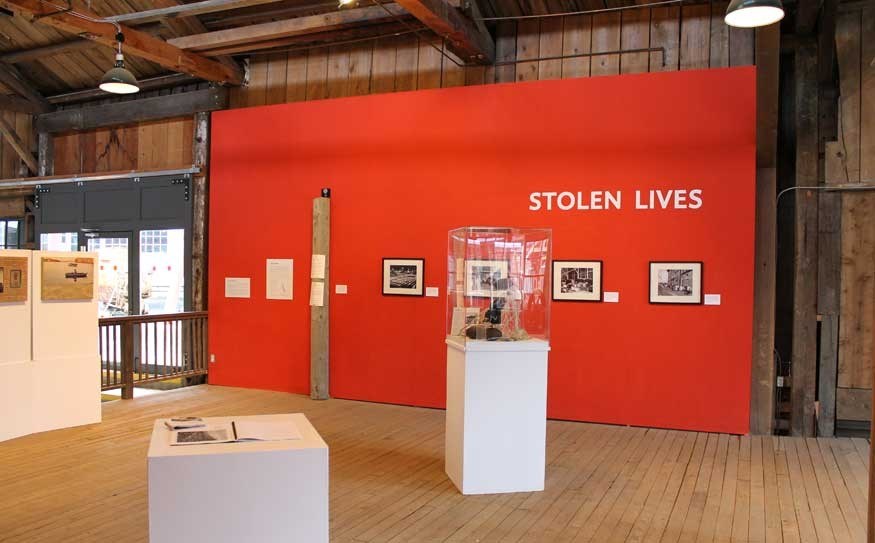The 1942 internment of Japanese Canadians is a black spot in Canada's history. Now, the Britannia Mine Museum (BMM) is holding an exhibit to commemorate the episode's 70-year milestone.
Using photos and artifacts for the era,
Stolen Lives traces the events from the days following Japan's bombing of Pearl Harbor right through to the end of WWII and the end of internment.
"We wanted to put something together that's honouring all the people who were involved, those who were interned, and raise awareness that this kind of thing can happen unless we're diligent about making sure it doesn't," says Scott Kerr, program and exhibit coordinator for the museum.
Stolen Lives is a joint project between the Britannia Mine Museum and the Japanese Canadian National Museum (JCNM) in Burnaby, whose photos and artifacts are used in the exhibit.
The JCNM opened in 2000 and is the only museum dedicated to preserving and promoting Japanese Canadian history, art and culture.
After Pearl Harbor was bombed by the Japanese in 1942, nearly 22,000 Canadians of Japanese ancestry were stripped of their possessions, including property and businesses, their rights and freedoms, then forced to live in internment camps in B.C.'s interior.
JCNM executive director Beth Carter says this exhibit is just one of many projects commemorating the episode all year, as it is now 70 years since the internment.
"(It's) recognized as one of the worst human rights issues in Canada's history, probably, after the residential schools," Carter says. "We believe that it's an important thing to remember... that in a democracy like Canada these things can take place and we need to always be keeping this in mind."
She says the items exhibited at the BMM have been pulled from the JCNM's photo and artifact archives, which had been donated through the Japanese Canadian community over the years.
The BMM exhibit includes replicas of original notices posted all over B.C., which began with "To Male Enemy Aliens," and stating the government's demands that they leave their lives behind.
Pictures of barracks at Hastings Park, which held thousands of Japanese Canadians in segregated bunks — many of who lived in the Sea to Sky — show the dismal conditions people were forced into before being transported to the interior. A map documents where all camps were located, along with the 100-mile "protected area" where no one of Japanese heritage was allowed to stay.
The Canadian government has since apologized for the events, and in 1988 then Prime Minister Brian Mulroney announced $21,000 compensation packages for each surviving internee and re-instatement of Canadian citizenship for those who were deported.
"It's a horrible time in B.C.'s history and despite the fact that we don't really want to relive it we don't want to forget about it either because we don't want it to happen again," Kerr says.
The exhibit is for anyone hoping to gain some insight into this period of Canadian history, children and adults alike.
"So far, we've been finding that people are appreciating it," he says. "Lots of people who come don't necessarily know anything about it or very much about it. It's certainly for everybody."
Stolen Lives is on now and will run until March 31.




